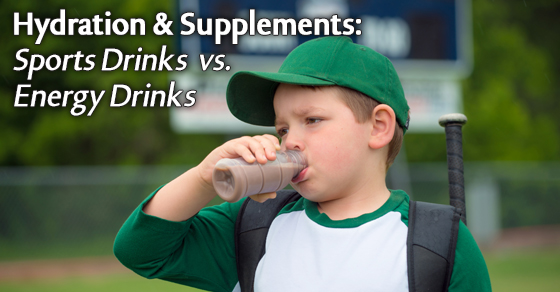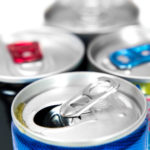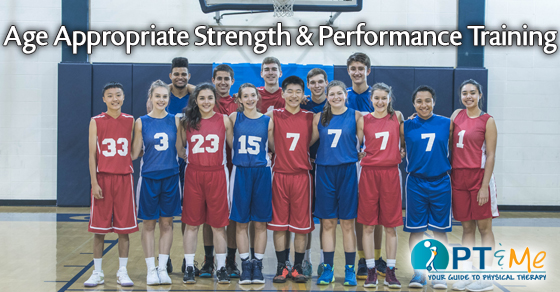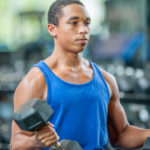
It’s important to stay hydrated during physical activity. While water is still the best choice for hydration, other acceptable options are available. Do you know what is most effective for your workout?
Sports Drinks
Sports drinks are ideal for athletes looking to hydrate and replenish after long, intensive exercise (usually greater than 60 minutes). Sports drinks contain a combination of electrolytes, carbs, minerals, and vitamins. This combination of nutrients serve to restore lost fluid and sodium levels. Additionally, the sugary carbs found in sport drinks provide athletes a boost of natural energy to aid in recovery.

Energy Drinks
Energy drinks are never a good option for athletes. While these beverages do provide an apparent energy boost, the effects are temporary. Energy drinks contain few helpful macronutrients, like carbs, and instead use the stimulant caffeine to create an artificial boost of energy. These high concentrations of caffeine can act as a diuretic thus increasing dehydration risks. Too much caffeine can also cause jitters, dizziness and headaches leading to decreased performance. High doses of caffeine have been linked to cardiac emergencies.
Chocolate Milk?
Effectively recover with chocolate milk. Low-fat chocolate milk makes a simple yet effective post-workout snack. Offering just the right mix of carbs and protein, this tasty drink refuels your body and helps muscles through recovery. Drink up!
Out Smart Muscle Cramps:
Painful muscle cramps can quickly sideline an athlete. While the root cause is still being researched, dehydration, muscle imbalances and improper warm-up are likely factors. Follow these basics to help prevent muscle cramps:
- Stay hydrated, make sure your athlete does not start the practice/game dehydrated.
- Pack a refillable water bottle to drink throughout the day.
- Consume a balanced diet with healthy amounts of sodium.
- Bolster weak muscle groups with functional, plyometric and strength training.
- Practice foam rolling and static stretching in tight areas.
- Incorporate a dynamic warmup.
Written by the Therapy Team at the Center for Physical Rehabilitation – Grand Rapids, Michigan.
To learn more about the Center for Physical Rehabilitation click here.


